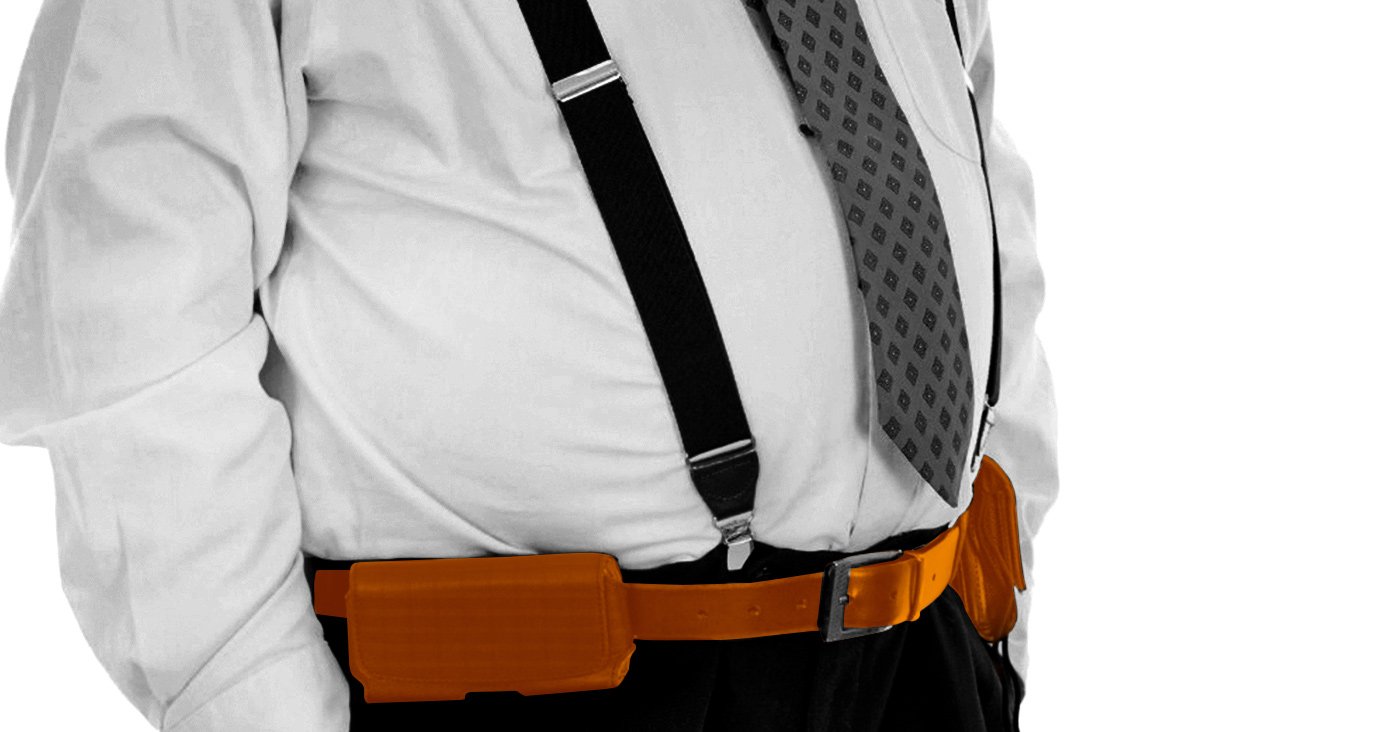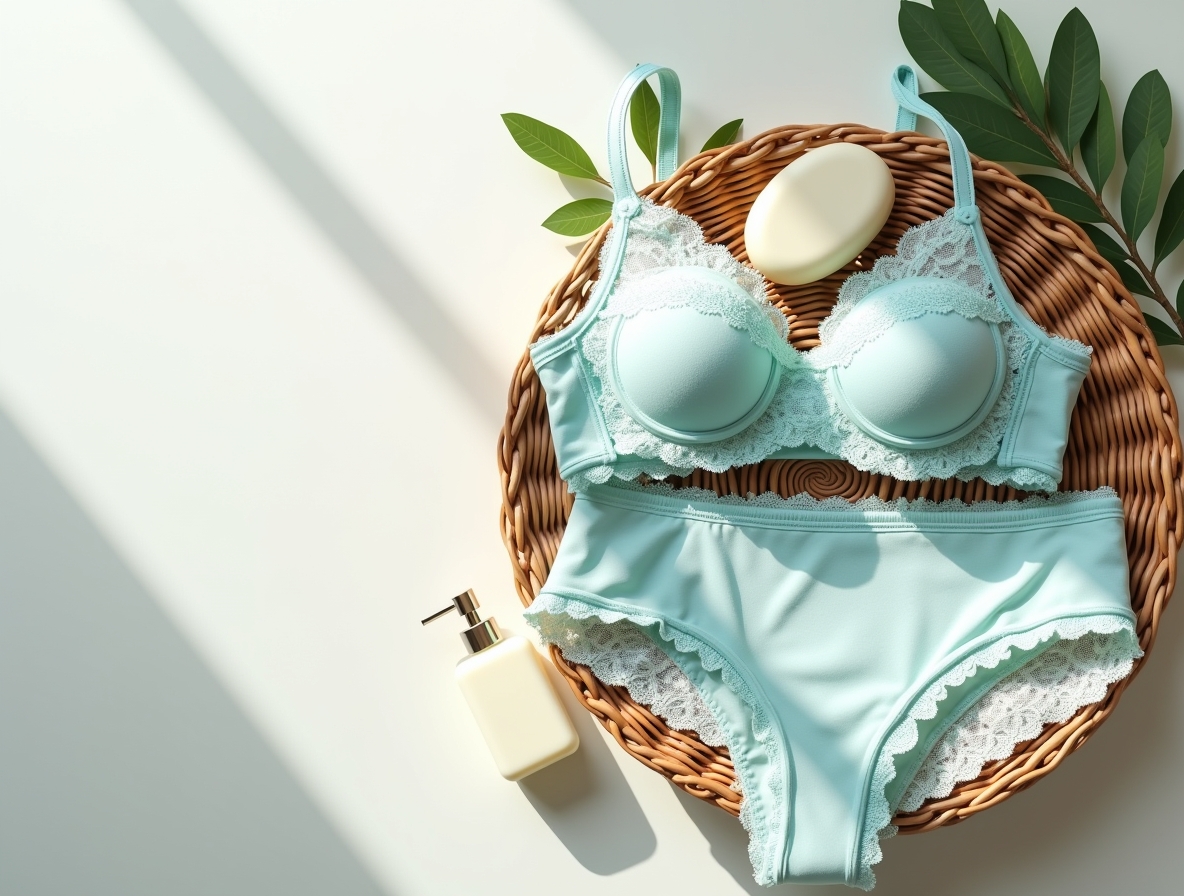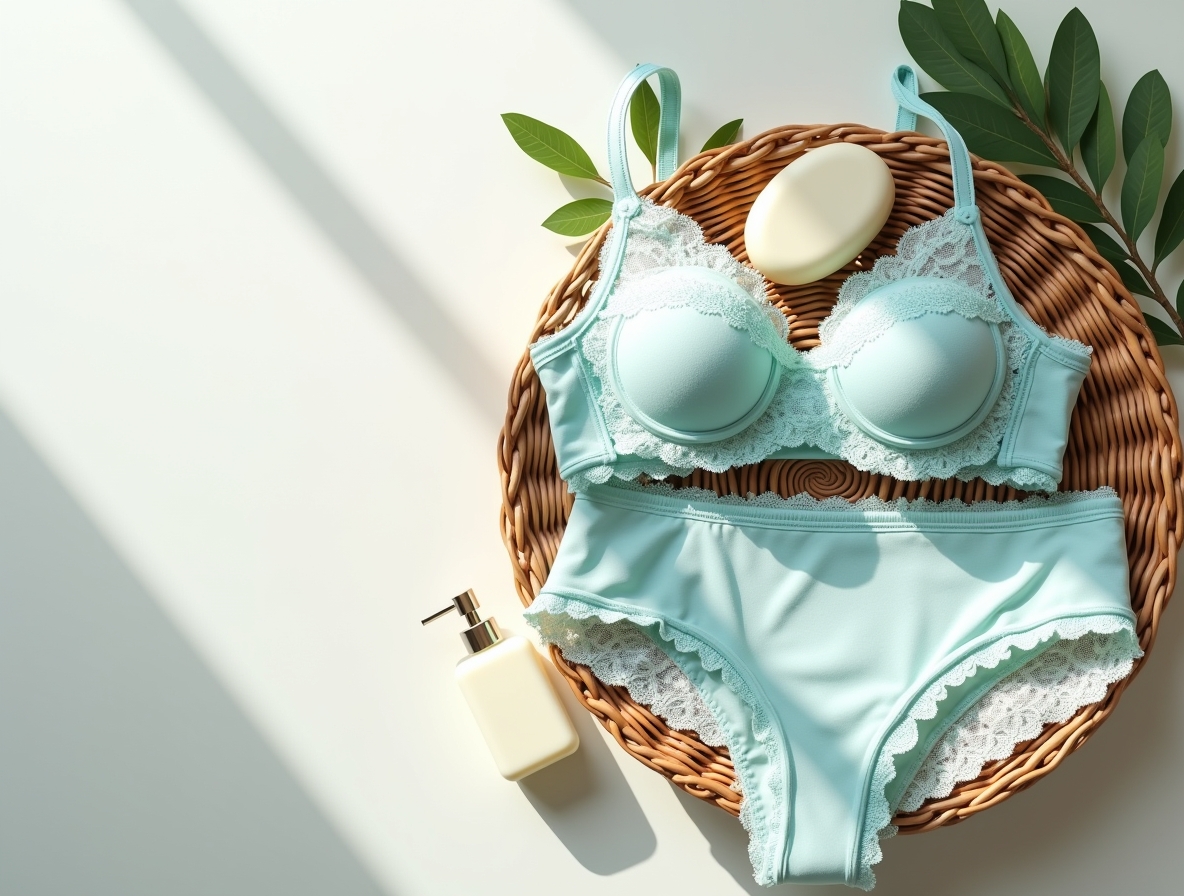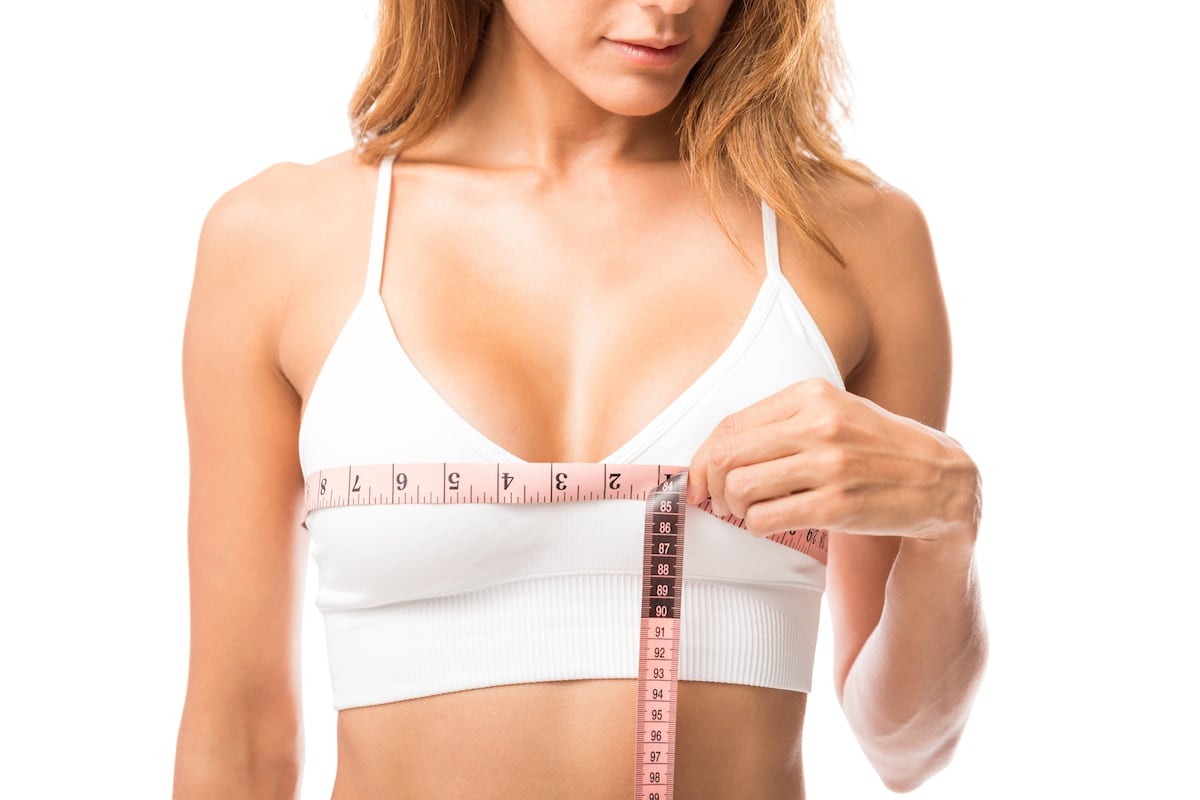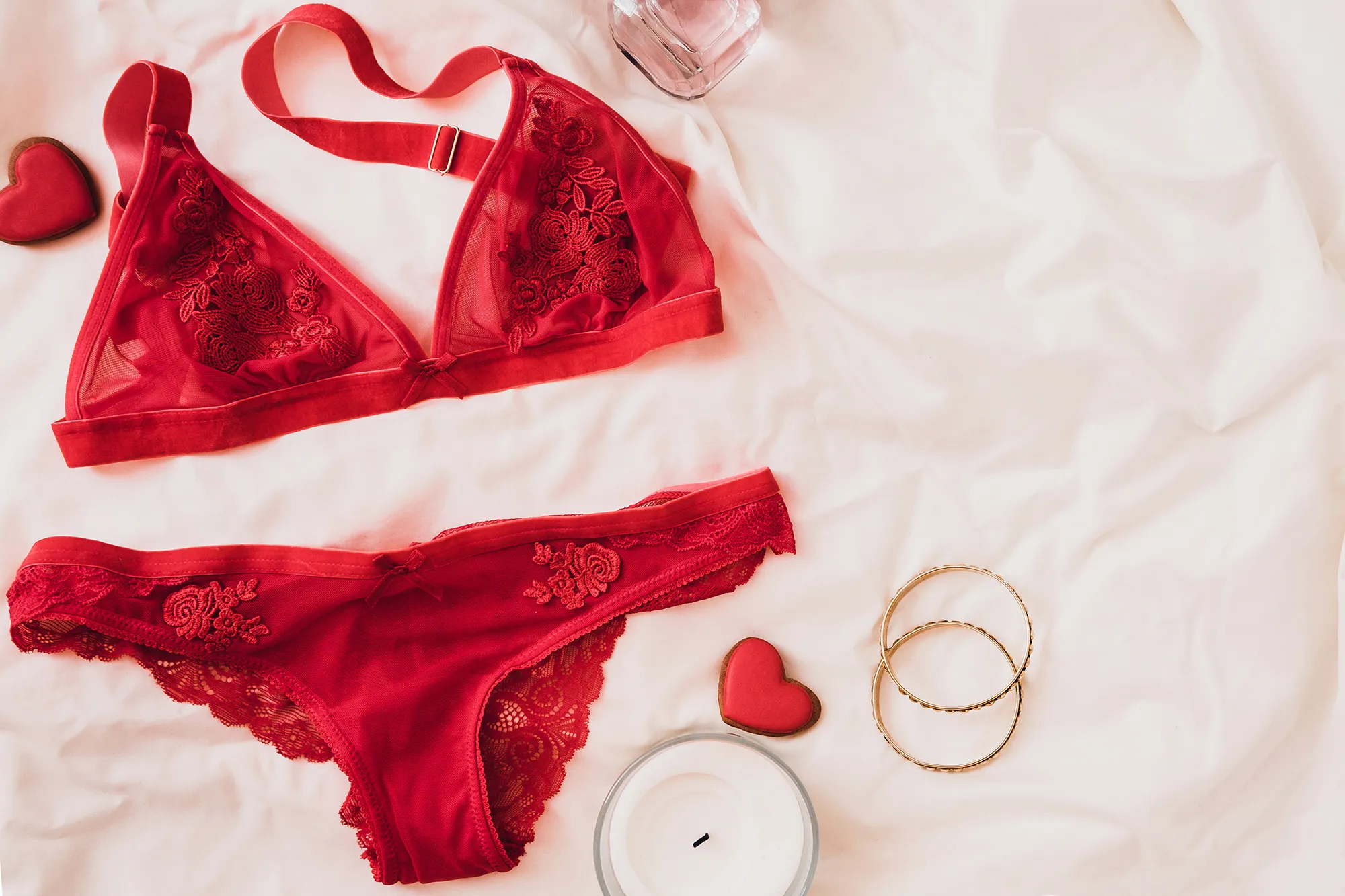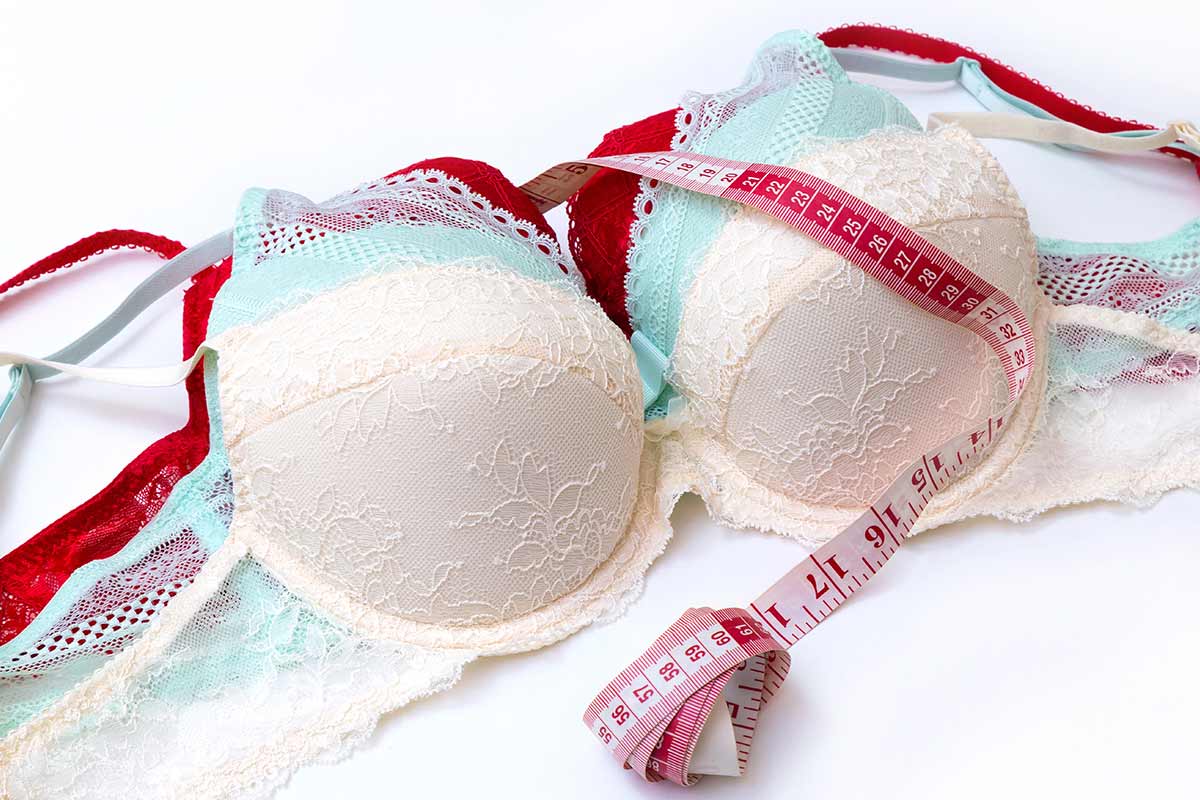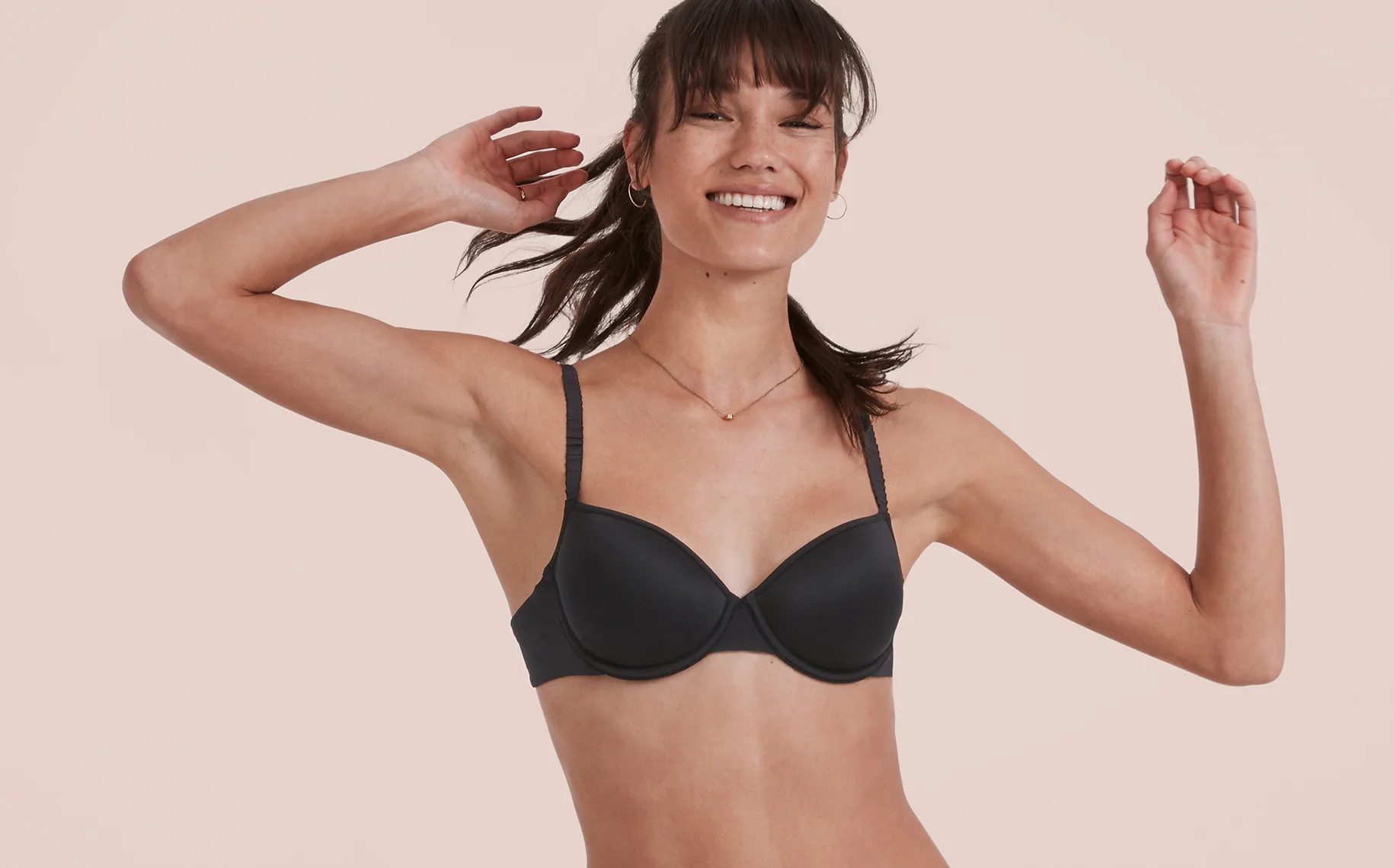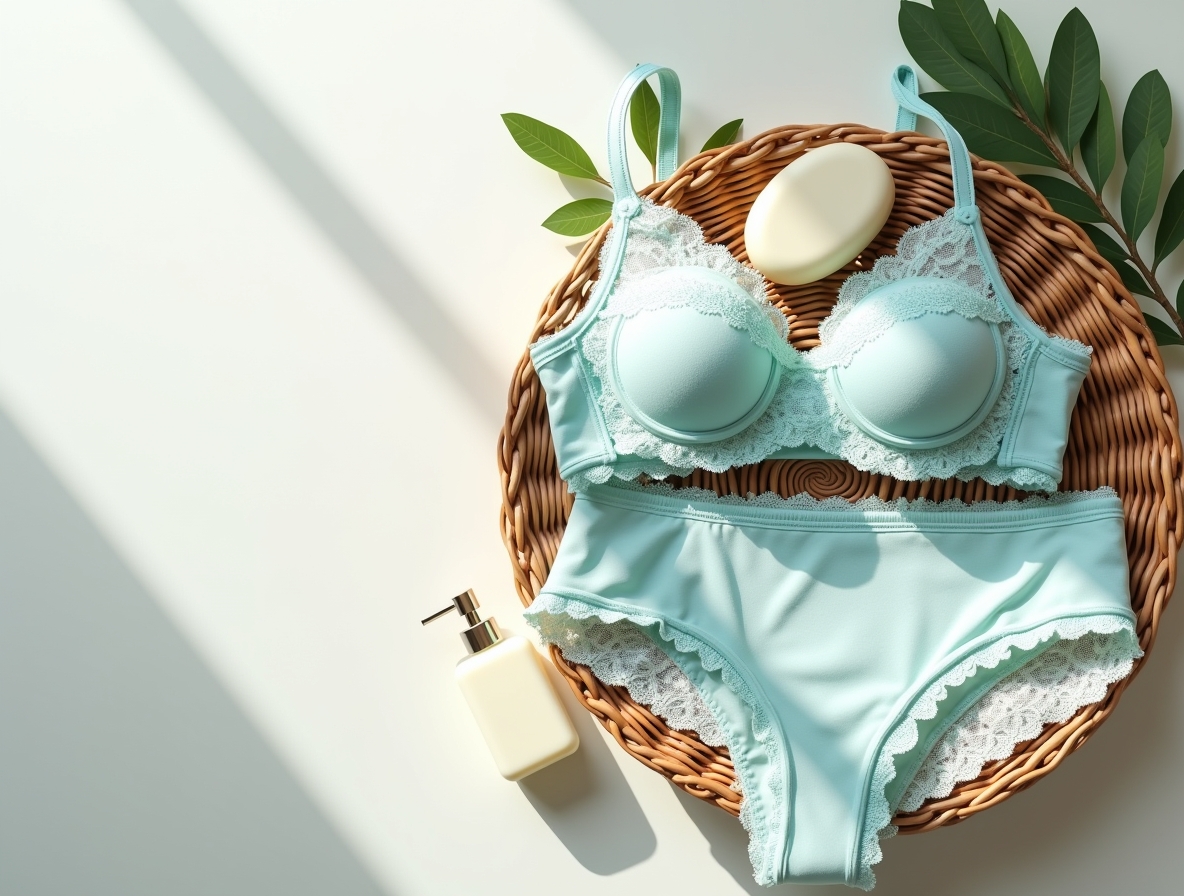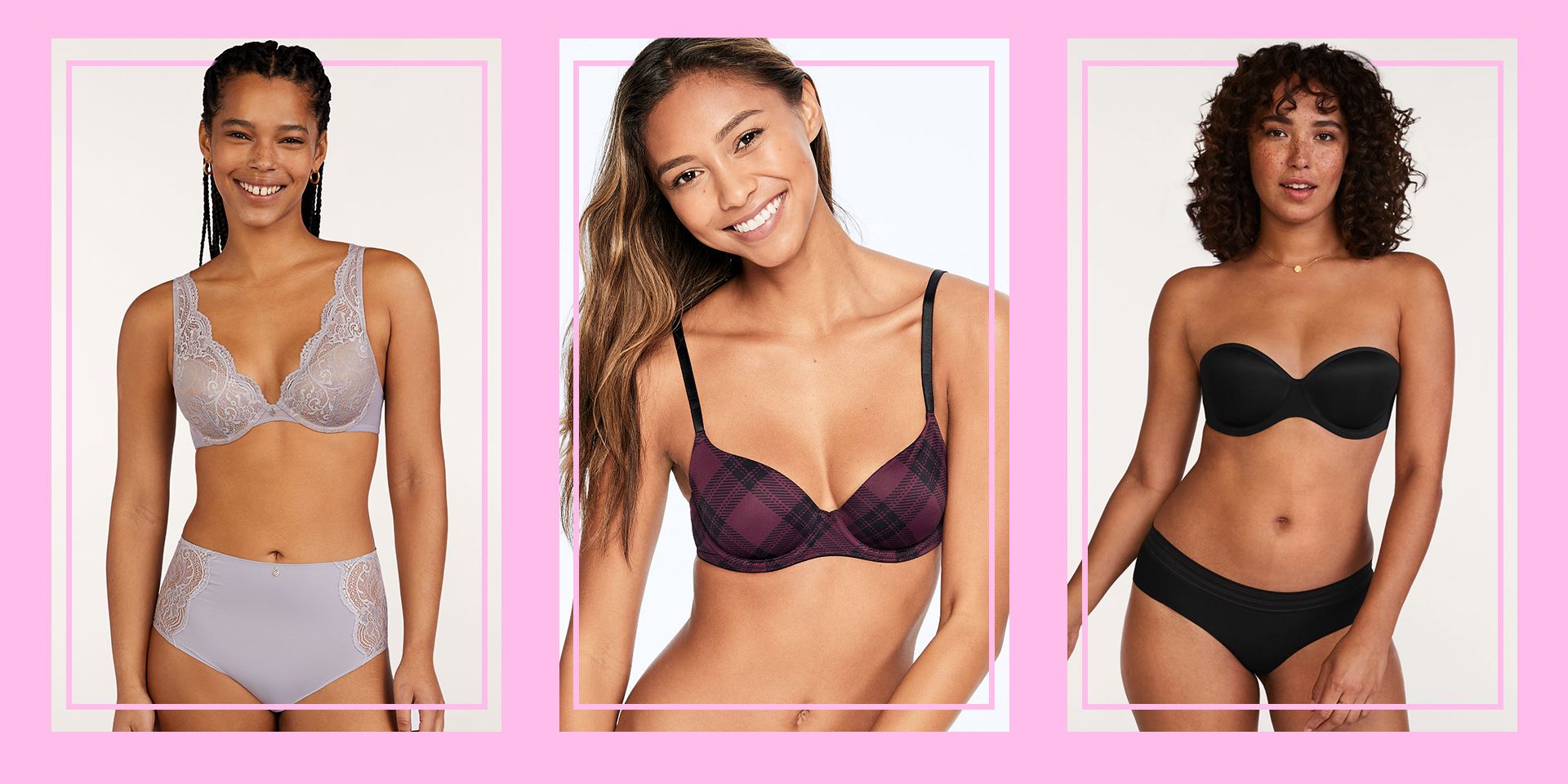Home>Women's Underwear>Bras>What Does The Number On Bra Size Mean


Bras
What Does The Number On Bra Size Mean
Modified: September 23, 2023
Discover what the number on bra size means and how it relates to finding the perfect fit. Explore our extensive range of bras for ultimate comfort and support.
(Many of the links in this article redirect to a specific reviewed product. Your purchase of these products through affiliate links helps to generate commission for Under-tec.com, at no extra cost. Learn more)
Table of Contents
Introduction
When it comes to bras, there’s more to the numbers and letters than meets the eye. While most people are familiar with the concept of bra sizing, understanding what the numbers and letters actually mean can be a bit of a mystery. Does the number represent the band size? What about the letter? And why do they seem to vary so much from brand to brand?
Well, fear not! In this article, we’re going to demystify the world of bra sizing and break down what those numbers and letters truly signify. So whether you’re shopping for a new bra or simply curious about the intricacies of lingerie sizing, read on to discover the secrets behind the numbers and letters on your bra tag.
Understanding bra sizing is crucial for finding a comfortable and supportive fit. Wearing the wrong size can lead to discomfort, poor posture, and uneven support. By understanding the meaning behind the numbers and letters, you can make more informed decisions when shopping for bras and ensure you’re getting the right fit for your body.
Are you ready to dive into the fascinating world of bra sizing? Let’s get started by exploring what the numbers in bra size actually represent.
Understanding Bra Sizing
Before we delve into the meaning behind the numbers and letters on bra tags, let’s first establish a fundamental understanding of bra sizing. At its core, bra sizing consists of two key components: the band size and the cup size.
The band size refers to the measurement around your ribcage, just below your bust. It is represented by a number, such as 34, 36, or 38. This number indicates the size of the band that goes around your torso and provides the foundation for support.
The cup size, on the other hand, represents the volume of your breasts. It is denoted by a letter, such as A, B, C, or D. The cup size works in conjunction with the band size to create a proportional and comfortable fit that accommodates the size and shape of your breasts.
It’s important to note that bra sizing is not a universal standard, meaning that it can vary slightly from brand to brand. This is why it’s crucial to try on different sizes and styles to find the perfect fit for you.
Now that we have a basic understanding of bra sizing, let’s explore what the numbers in bra sizes signify.
What Does the Number in Bra Size Represent?
The number in a bra size represents the band size, which is the measurement around your ribcage just below your bust. It corresponds to the size of the band that wraps around your torso and provides the primary support for your breasts. The band size is typically represented by numbers such as 32, 34, 36, etc.
Contrary to popular belief, the band size does not directly correlate to the size of your chest or the volume of your breasts. Instead, it represents the measurement of your underbust, which is a key factor in determining the right fit and level of support.
When measuring your band size, it’s important to ensure that the tape measure is snug against your skin, but not too tight. The number you get from this measurement will be your starting point for finding the right band size. Keep in mind that band sizes can vary between brands, so don’t be surprised if you find that you wear a slightly different size in different brands.
It’s worth noting that the band size also plays a crucial role in determining the overall fit and comfort of your bra. If the band is too loose, it will ride up your back and fail to provide adequate support. On the other hand, if the band is too tight, it can cause discomfort and leave marks on your skin. Finding the correct band size is essential for achieving a supportive and comfortable fit.
Now that we have a clearer understanding of what the number in bra size represents, let’s explore the significance of the letter in bra sizing.
The Importance of Band Size
The band size is a crucial aspect of bra sizing, as it provides the foundation for support and ensures a comfortable fit. Finding the right band size is essential for two primary reasons: proper support and overall comfort.
First and foremost, the band size determines the level of support your bra can offer. A properly fitting band should sit parallel to the ground and remain firmly in place throughout the day. It should provide a stable base that lifts and supports your breasts, preventing excessive bouncing and minimizing strain on your back and shoulders. If the band is too loose, it fails to provide adequate support, leading to discomfort and potential long-term effects on your posture and breast health. On the other hand, a band that’s too tight can restrict movement and lead to skin irritation.
Additionally, the band size contributes to the overall comfort of your bra. Since the band sits directly against your skin, it’s crucial that it fits snugly but not too tightly. A well-fitting band should feel secure and supportive without digging into your skin or leaving marks. It should also allow for ease of movement and breathing, ensuring that you can comfortably wear your bra all day long.
Keep in mind that band sizes can vary between brands, so it’s essential to try on different styles and sizes to find the best fit for you. It’s also worth mentioning that as bras age and stretch over time, you may need to adjust your band size accordingly to maintain a proper fit and support.
Now that we understand the significance of band size, let’s explore the meaning behind the letter in bra sizing and its relationship to cup size.
What Does the Letter in Bra Size Represent?
The letter in bra sizing represents the cup size, which corresponds to the volume of your breasts. It determines the depth and capacity of the cups that hold your breasts. Cup sizes are denoted by letters such as A, B, C, D, and beyond.
Contrary to popular belief, cup size is not an absolute measure of breast size. Rather, it is a relative measure that represents the difference between your band size and your bust measurement. For example, a person with a band size of 34 inches and a bust measurement of 36 inches would typically wear a B cup. The cup size increases incrementally with each letter, signifying a larger difference between the band and bust measurements.
It is important to note that cup size is not universal and can vary significantly between brands. A B cup in one brand may differ slightly from a B cup in another, which is why it’s essential to try on different sizes and styles to find the best fit for your breasts.
Additionally, it is worth mentioning that cup size and band size are interrelated. As the band size increases or decreases, the cup size must be adjusted accordingly to maintain the same volume. This is known as sister sizing. For example, if you typically wear a 34C and want a slightly snugger band, you may opt for a 32D instead.
It’s important to remember that every body is unique, and determining the correct cup size may require some trial and error. Factors such as breast shape, density, and firmness can also influence how different cup sizes fit your breasts.
Now that we have explored the meaning behind the letter in bra sizing, let’s discuss the various factors that can affect your bra size.
The Significance of Cup Size
The cup size in bra sizing holds significant importance as it denotes the volume and capacity of the cups that accommodate your breasts. Understanding your cup size is crucial for achieving a comfortable and flattering fit that properly supports and enhances your bust.
One of the primary functions of the cup size is to ensure that there is enough space to comfortably hold your breasts. A cup that is too small can lead to spillage and compression, resulting in discomfort and an unflattering silhouette. On the other hand, a cup that is too large may not offer the necessary support, causing your breasts to lack uplift and shape. Finding the right cup size allows your breasts to be properly supported, enhancing your natural shape and providing a more flattering appearance.
It is important to note that cup size is not an absolute measure of breast size, but rather a relative indicator of the difference between your band size and bust measurements. For instance, a person with a band size of 32 inches and a bust measurement of 35 inches would typically wear a B cup. As the band size increases or decreases, the cup size must be adjusted accordingly to maintain the same volume. This is known as sister sizing.
It’s vital to remember that cup sizes can vary between brands, and factors such as breast shape, density, and firmness can also influence how different cup sizes fit your breasts. To ensure the perfect fit, it’s recommended to try on different sizes and styles, paying attention to how the cups contour and support your breasts.
It’s worth mentioning that cup size, in combination with the band size, contributes to the overall comfort and support of your bra. The cups should encase your breasts fully without causing any bulging or gaps. Additionally, the cups play a role in determining the placement and shaping of your breasts, which can significantly impact the overall appearance of your silhouette.
Now that we have explored the significance of cup size, let’s delve into the various factors that can affect a person’s bra size.
Factors Affecting Bra Size
Several factors can influence a person’s bra size, making it essential to consider various elements when determining the perfect fit. Understanding these factors can help you navigate the world of bra sizing and find the ideal size and style for your body.
1. Weight fluctuations: Changes in weight can directly affect your bra size. As your body gains or loses weight, it’s common for your bust and underbust measurements to change. Regularly reassessing your bra size and updating your collection as needed is crucial to maintain comfort and support.
2. Pregnancy and breastfeeding: During pregnancy and while breastfeeding, hormonal changes can cause fluctuations in breast size. It’s important to choose bras that provide appropriate support during these times of change. Special maternity and nursing bras are designed to accommodate your evolving shape and make breastfeeding more convenient.
3. Hormonal changes: Hormonal fluctuations throughout your menstrual cycle can also impact breast size. Some individuals may experience slight size differences at different stages of their cycle. If this is the case for you, having bras in varying sizes or styles, such as padded or non-padded, can ensure a comfortable fit throughout the month.
4. Age and natural changes: As you age, your body goes through natural changes. Breasts may lose elasticity and firmness over time, resulting in a change in size or shape. It’s important to re-measure and reassess your bra size regularly to accommodate these changes and maintain optimal support and comfort.
5. Breast surgeries: Surgical procedures such as breast augmentation, reduction, or reconstruction can significantly impact bra size. It’s crucial to consult with your healthcare provider and a professional bra fitter to determine your new size and find bras that provide the necessary support and coverage.
6. Different bra styles: Different bra styles and designs can also affect your bra size. Some bras, like push-up or padded bras, may slightly alter your size due to their construction and added padding. It’s recommended to try on various styles to find the one that fits you best in terms of size, shape, and desired level of support.
Remember, everyone’s body is unique, and there is no one-size-fits-all approach to bra sizing. Being aware of these factors and regularly reassessing your bra size will help you find the most comfortable and flattering fit for your individual needs.
Now that we have explored the factors affecting bra size, let’s discuss some tips for finding the perfect fit.
Finding the Perfect Fit
When it comes to finding the perfect fit, understanding your bra size is just the first step. There are several additional factors to consider to ensure that the bras you choose provide optimal comfort, support, and style. Here are some tips to help you find the perfect fit:
1. Get professionally fitted: Visiting a professional bra fitting specialist can provide valuable insights and accurate measurements. They can guide you in finding the right band and cup size, as well as suggest different styles that suit your body shape and preferences.
2. Try on different brands: Remember that bra sizes can vary between brands, so don’t be discouraged if your usual size doesn’t fit perfectly in every brand. Experiment with different brands and styles to find the ones that offer the best fit and support for your body.
3. Pay attention to comfort: The perfect bra should feel comfortable throughout the day. Check that the band sits snugly against your ribcage without digging in, and the straps provide support without digging into your shoulders. Comfort is key for a bra that you can wear all day long with ease.
4. Check for proper cup coverage: Ensure that the cups fully encase your breasts without any spillage or gaps. The center gore, the part of the bra between the cups, should sit flat against your sternum for optimal support and fit.
5. Consider different styles for different occasions: Different bra styles are designed to provide varying levels of support and shape. A T-shirt bra is great for everyday wear, while a plunge bra is ideal for low-cut tops. Have a variety of styles in your collection to accommodate different outfits and occasions.
6. Regularly reassess your size: Factors such as weight fluctuation, pregnancy, or hormonal changes can impact your bra size. It’s important to re-measure and reassess your size periodically to ensure that you’re wearing the right fit for your constantly evolving body.
By following these tips and taking the time to find the perfect fit, you’ll not only enhance your comfort and support but also boost your confidence and feel great in your bras.
Now that we’ve covered the essentials of finding the perfect fit, let’s wrap up with a summary of what we’ve learned.
Conclusion
Understanding bra sizing is crucial for finding a comfortable and supportive fit that enhances your confidence and well-being. The numbers and letters on your bra tag represent essential elements of sizing, including the band size and cup size.
The band size denotes the measurement around your ribcage, providing the foundation for support. It’s important to find a band size that fits snugly but comfortably, offering the right level of support without digging into your skin. Remember that band sizes can vary between brands, so experimenting with different sizes and styles is key.
The letter in bra sizing represents the cup size, which determines the volume and depth of the cups that hold your breasts. Cup sizes are not absolute measures of breast size but relative indicators of the difference between your band size and bust measurement. Finding the right cup size ensures comfort, proper support, and an aesthetically pleasing fit.
Various factors, such as weight fluctuations, pregnancy, and hormonal changes, can affect your bra size. It’s important to reassess your size regularly and consider these factors when selecting bras. Additionally, trying on different styles and consulting with a professional bra fitter can help you find the perfect fit for your unique body shape and preferences.
Remember, the perfect bra should not only provide support and comfort but also boost your confidence and make you feel fabulous. Take the time to find bras that fit well, accommodate your lifestyle, and make you feel both comfortable and beautiful.
With a clear understanding of bra sizing and its implications, you can now navigate the world of lingerie with confidence and find the perfect fit just for you. Embrace the importance of finding the right band and cup size, consider factors that may affect your size, and don’t hesitate to seek professional advice when needed. By doing so, you’ll ensure a comfortable, supportive, and stylish bra wardrobe that truly complements your body and elevates your confidence.
